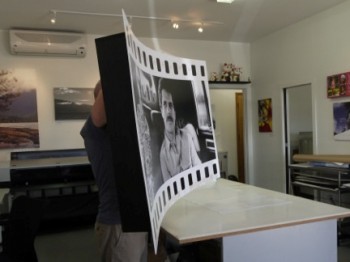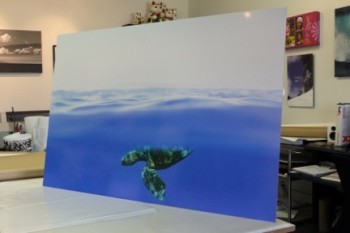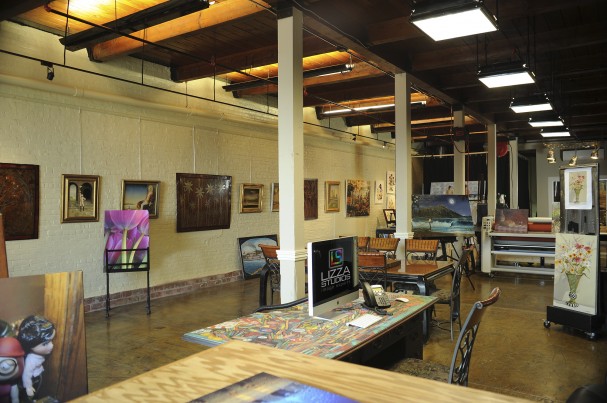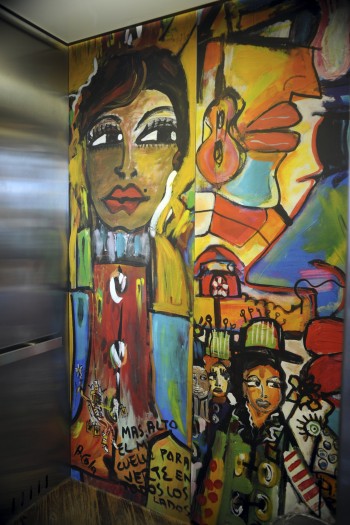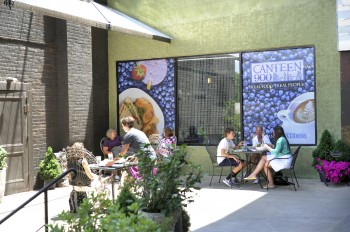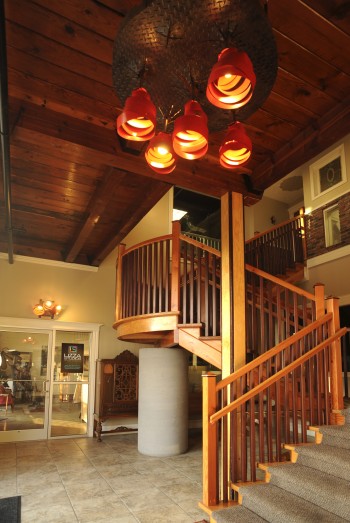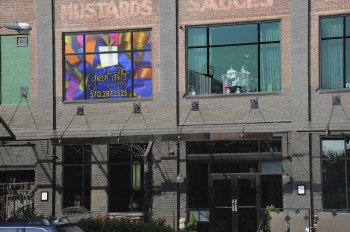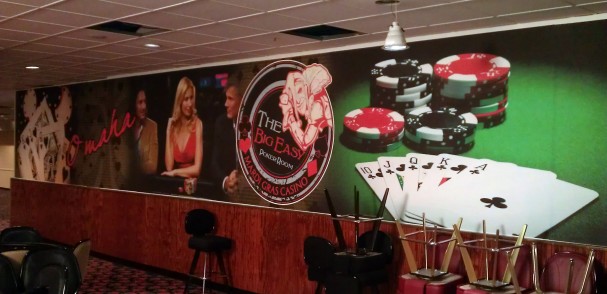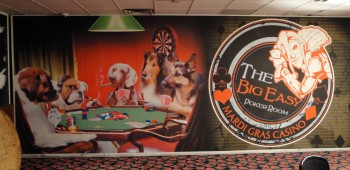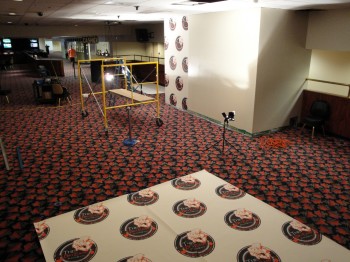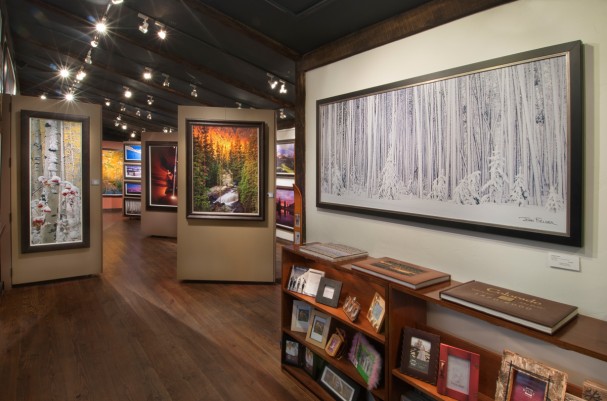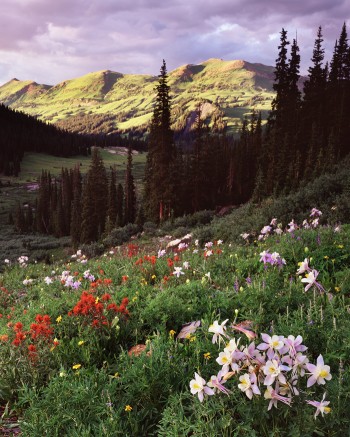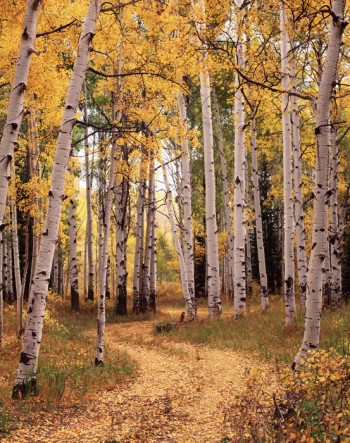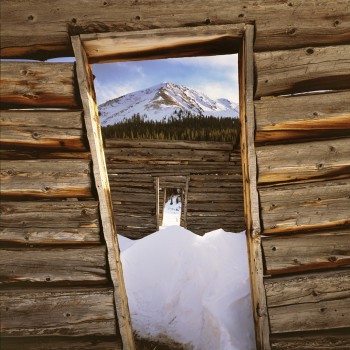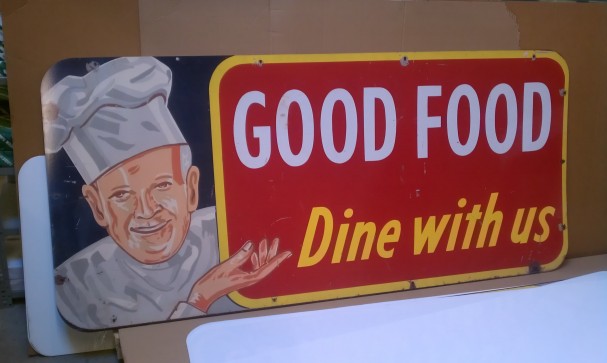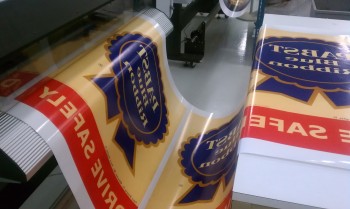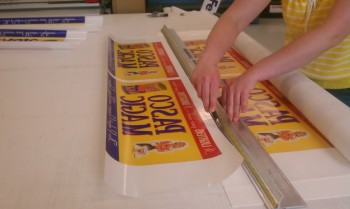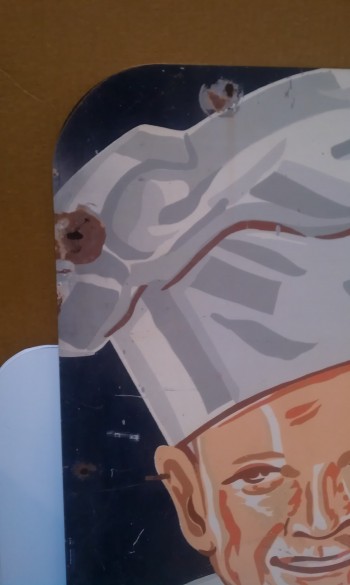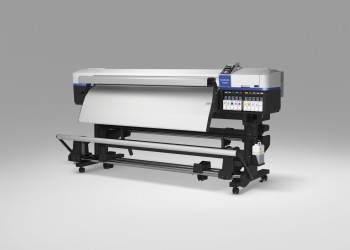
Epson America today introduced the latest printers in its 64-inch-wide low-solvent line: The EPSON SureColor S50670 and S70670. Both the EPSON SureColor S50670 and S70670 are expected to be available in the fall of 2012 at LexJet for a list price of $25,995 each.
To see a review of the first printer in the S-Series, the SureColor S30670, click here. The difference between the three printers is basically in the ink sets and the number of printheads, which also affects price, speed and print quality.
The SureColor S30670 is a four-color (CMYK) printer with one printhead with a draft speed of 620 square feet per hour that lists for $16,995. The SureColor S50670 has dual CMYK with an optional white and two printheads with a draft speed of 980 square feet per hour. The SureColor S70670 features CMYK, Lc, Lm, Lk and Or, plus an optional white and metallic ink with two printheads and a draft speed of 550 square feet per hour.
The new printers incorporate Epson’s latest technology and use the EPSON MicroPiezo TFP printheads to deliver extremely small droplet sizes and four times the nozzles of Epson’s previous solvent printer for extremely fast print speeds.
According to Epson, the printheads have been under development for over 20 years, and is the first time the dual array printhead is being used with a solvent ink technology. To match the capabilities of this new printhead, Epson developed new solvent-based inks. Featured on the SureColor S50670, EPSON UltraChrome GS2 ink delivers up to five colors with a new high density White ink to accommodate a broad range of indoor and outdoor signage applications.
The new EPSON UltraChrome GSX ink, featured on the SureColor S70670, delivers up to ten colors (a first for solvent printers, according to Epson), including an optional White and Silver Metallic, as well as a standard Light Black for improved grayscale and reduced metamerism.
The SureColor S-Series is built on an all new print engine and includes three new models offering varying performance and feature sets to accommodate a range of signage, vehicle graphics and fine art solvent printing needs.
Each model in the SureColor S-Series integrates an entirely new print engine and introduces new convenience features that help automate previously time-consuming processes such as nozzles checks, media feed adjustments and tensioning, and complicated media and printhead alignments. Additional features include:
Take-Up Reel System: Efficient take-up reel for unattended production of large print runs supporting both wind-in or wind-out; standard heavy roll support in rear for up to 90 pound roll with motorized take-in; optional high-capacity roll support for rolls up to 150 pounds.
Roll Media Loading: All new spindle-less design with manual Epson LiftAssist allows for easy loading and unloading of heavy roll media.
High-Capacity Ink System: Individual ink cartridges up to 700 mL enable users to avoid production downtimes and maximize profitability; the S50670 offers 1400 mL of installed ink per color for maximum productivity. Each printer in the series is designed exclusively for use with EPSON ink cartridges for greater reliability.
Control Panel: Full color LCD panel provides easy access to menu items and controls.
Included ONYX RIP Software: Epson has partnered with Onyx Graphics, the leading manufacturer of signage RIP software, to include a customized, fully functional version of Onyx’s standard layout RIP, including the full Pantone color library with each S-Series printer. This layout RIP will also include over 100 media profiles for standard media.
Media Heater and High-Speed Dryer: Individually controlled pre, platen and post heaters for optimum media support all controlled via a front control panel or front-end RIP software; additional high-speed dryer (standard on the SureColor S50670 and optional on the S30670 and S70670) provides additional drying for fast print speeds.
The SureColor S-series offer a standard EPSON Preferred Limited Warranty, a one-year program that includes toll-free advanced telephone access Monday through Friday and usually next business-day on-site service in the unlikely event of any hardware failure. Epson Preferred Plus service plans are available that cover both the hardware and software for up to two additional years.
For more information, visit www.proimaging.epson.com, or call a LexJet customer specialist at 800-453-9538.


